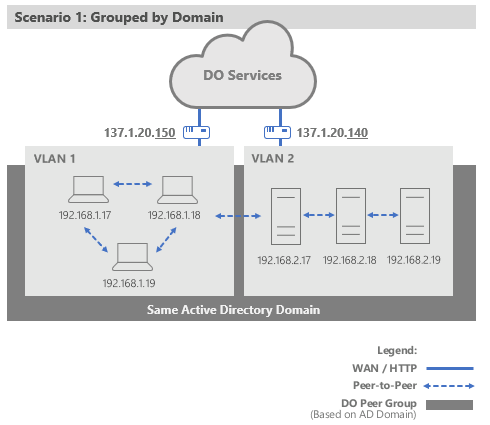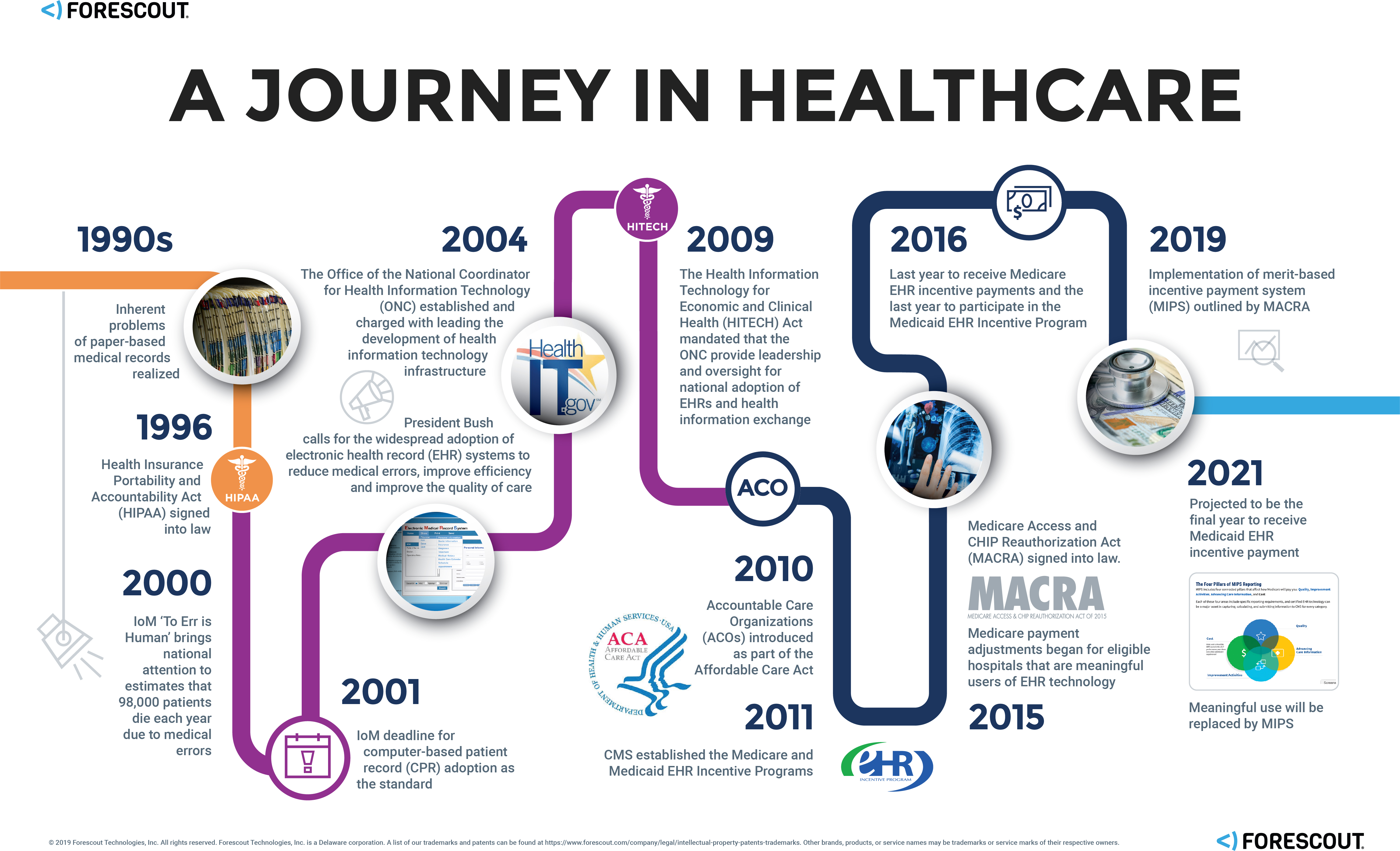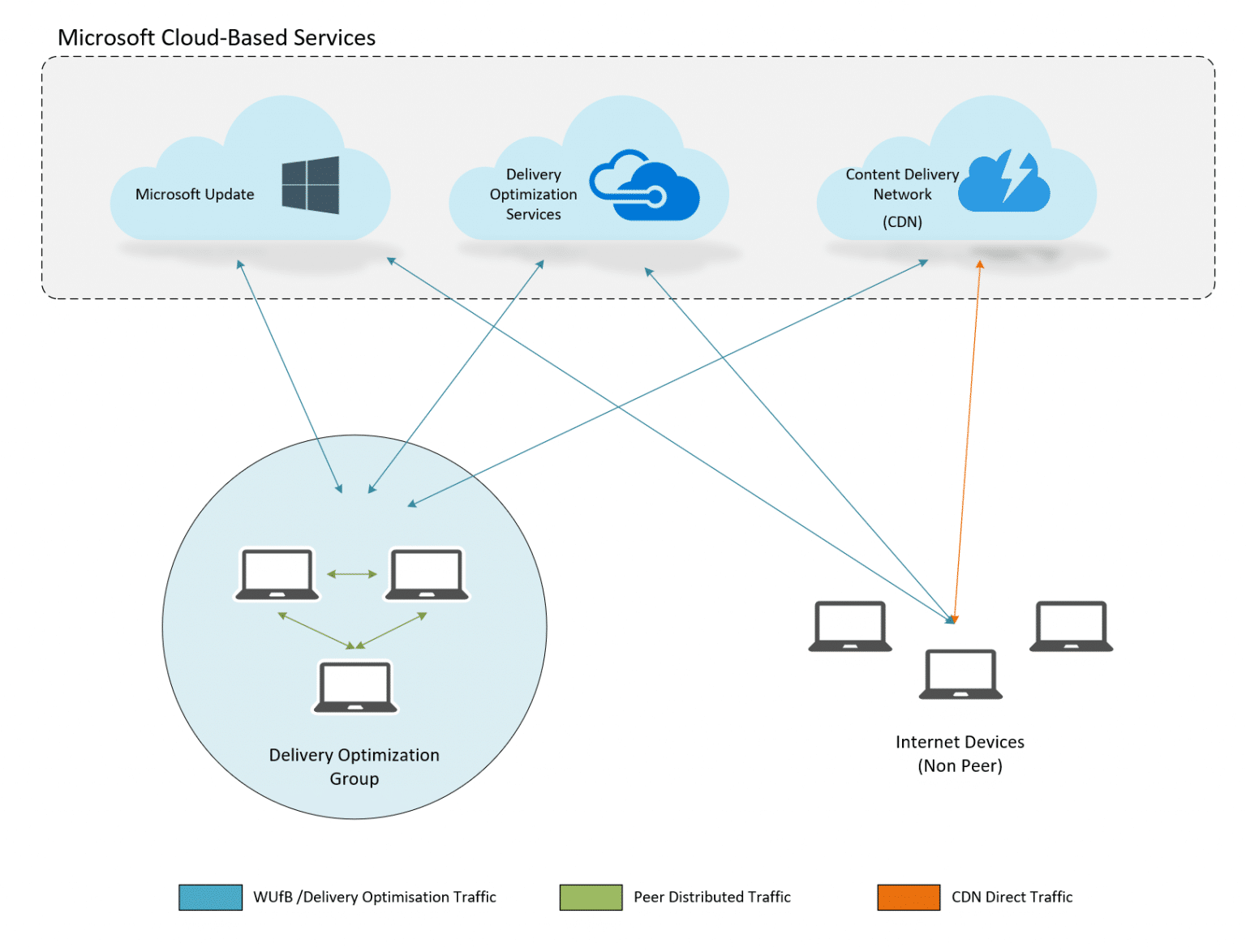CDN Optimization for Critical Healthcare Data Delivery

Introduction:

Critical healthcare data, such as patient records and medical images, requires reliable, high-performance delivery to ensure timely access and patient well-being. Content Delivery Networks (CDNs) play a crucial role in optimizing data delivery and enhancing the user experience.

CDN Architecture:
- Distributed Servers: CDNs employ a network of geographically dispersed servers to bring content closer to end users.
- Edge Caching: Edge servers cache frequently accessed content, reducing latency and improving response times.
- Content Delivery Protocol: CDNs use optimized protocols like HTTP/2 and QUIC for efficient data transfer.
Benefits of CDN Optimization:
- Increased Speed: Reduced latency and improved response times enhance data accessibility and reduce loading times.
- Enhanced Reliability: Distributed servers mitigate single points of failure, ensuring uninterrupted data delivery.
- Scalability: CDNs can scale on demand to handle fluctuating traffic demands.
- Improved Security: CDNs implement security protocols to protect sensitive healthcare data.
- Reduced Costs: Offloading data delivery to a CDN can lower infrastructure and bandwidth costs.
Best Practices:
- Content Prioritization: Prioritize critical data for edge caching to minimize delays.
- Geographic Targeting: Deploy edge servers in locations where data consumption is highest.
- Content Versioning: Version and cache different versions of data to enable access to historical records.
- Data Encryption: Utilize encryption mechanisms to protect data in transit and at rest.
- Monitoring and Analytics: Monitor CDN performance and usage to identify bottlenecks and optimize delivery.
Use Cases:
- Medical Imaging Delivery: CDNs enable fast and secure transmission of high-resolution medical images.
- Patient Portal Access: Provide patients with real-time access to their medical records.
- Remote Monitoring: Facilitate data transfer from remote medical devices to healthcare providers.
- Clinical Research Data Sharing: Enable collaboration and data sharing among researchers and institutions.
- Emergency Response: Deliver critical healthcare information during disasters or emergencies.
Conclusion:
CDN optimization is essential for ensuring the reliable and efficient delivery of critical healthcare data. By leveraging distributed servers, edge caching, and optimized protocols, healthcare organizations can enhance the user experience, improve security, and reduce costs. Optimal CDN configuration and best practices are crucial for maximizing the benefits and ensuring optimal data delivery.## CDN Optimization for Critical Healthcare Data Delivery
Executive Summary
In the healthcare industry, the fast and reliable delivery of critical data is essential for delivering timely and effective care. A Content Delivery Network (CDN) plays a pivotal role in optimizing data delivery by distributing content across a network of geographically dispersed servers. This article explores the benefits, best practices, and considerations for CDN optimization in healthcare data delivery.
Introduction
The healthcare industry generates vast amounts of critical data, including patient records, medical images, and research findings. Timely access to this data is crucial for healthcare professionals to make informed decisions, provide effective treatment, and ensure patient safety. However, the delivery of such data over the internet can be plagued by challenges such as latency, packet loss, and security concerns. CDNs offer a comprehensive solution to address these challenges and ensure optimal data delivery.
FAQs
1. What is a CDN?
A CDN is a geographically distributed network of servers that work together to deliver content to users with improved speed and reliability. By caching content on servers closer to users, CDNs reduce latency and improve the overall user experience.
2. Why is CDN optimization important for healthcare data delivery?
CDN optimization ensures the fast and reliable delivery of critical healthcare data, allowing healthcare professionals to access patient records, medical images, and research findings with minimal delay. It reduces latency, minimizes packet loss, and enhances data security, ensuring that patient information remains confidential.
3. What are the benefits of using a CDN for healthcare data delivery?
- Improved performance and reduced latency
- Increased reliability and reduced packet loss
- Enhanced security and data protection
- Scalability to meet fluctuating demand
- Cost-effectiveness and reduced network congestion
Top Subtopics for CDN Optimization in Healthcare Data Delivery
1. Content Distribution Strategy
- Caching policies: Define how and where content is cached to minimize latency and ensure fast delivery.
- Geographic distribution: Place servers in strategic locations to serve users with the lowest latency possible.
- Traffic management: Optimize network routing and load balancing to distribute traffic efficiently and handle peak demand.
2. Security Considerations
- Data encryption: Protect sensitive healthcare data from unauthorized access during transmission and storage.
- Access control: Implement robust authentication and authorization mechanisms to restrict access to protected data.
- Compliance: Adhere to industry regulations and standards for healthcare data security, such as HIPAA and GDPR.
3. Performance Monitoring and Optimization
- Real-time monitoring: Track key performance metrics, such as latency, packet loss, and server response time.
- Data analytics: Analyze data to identify bottlenecks and areas for improvement in CDN performance.
- Continuous optimization: Regularly adjust CDN configurations and content distribution strategies based on performance data analysis.
4. Scalability and Capacity Planning
- Adaptive caching: Adjust caching policies based on demand to ensure that frequently accessed content is always available.
- Load balancing: Distribute demand across multiple servers to prevent overloading and ensure optimal performance.
- Resource provisioning: Provision adequate server capacity and bandwidth to handle fluctuating demand without compromising performance.
5. Integration and Automation
- API integration: Integrate CDN services with healthcare applications and systems to automate content delivery.
- Cloud-based management: Leverage cloud-based platforms to manage and monitor CDN performance remotely.
- Automated failover: Configure automatic failover mechanisms to ensure continuous data delivery in the event of server outages.
Conclusion
CDN optimization is essential for healthcare organizations to ensure the fast, reliable, and secure delivery of critical data. By implementing the best practices outlined in this article, healthcare providers can leverage CDN technology to improve patient care, enhance operational efficiency, and meet regulatory compliance requirements. A well-optimized CDN can significantly impact the delivery of healthcare data, transforming it from a potential bottleneck into a strategic asset for delivering exceptional patient care.
Keyword Tags
- Healthcare Data Delivery
- CDN Optimization
- Content Delivery Network
- Data Security
- Performance Monitoring
